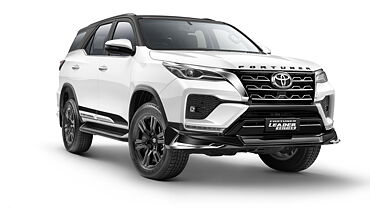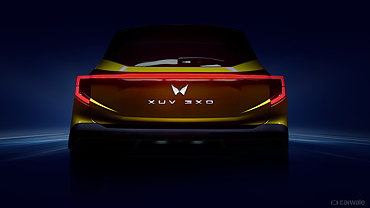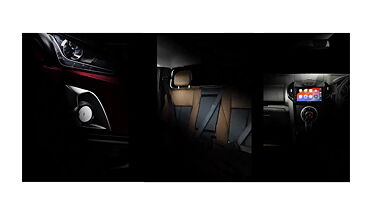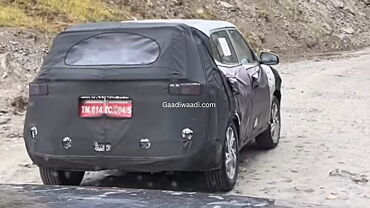Most accidents occur due to lack of idea while overtaking or changing lanes, since drivers avoid blind spots. Before getting into the details of blind spot mirrors, it’s important to understand the meaning of blind spot. It is basically an area that both standard internal rear view mirror and side mirrors can’t see. So to reduce accidents due to blind spots, a few manufacturers, these days, are offering car blind spot mirrors in their cars.

It is a vehicle-based sensor device that detects other vehicles located to the driver's side and rear. These sensors give warning, which can be visual, audible and vibration. This can also be used as "Cross Traffic Alert" that alerts the driver while moving out of a parking space when traffic is coming from the sides.
Blind spot mirrors were first introduced with the 2007 Volvo S80 models. This system uses two door mounted lenses to check the blind spot area for an approaching vehicle. It creates a visible alert when the S80 enters the blind spot during switching lanes. Mazda was the first Japanese automaker that offered a car blind spot mirror, which is called BSM (Blind Spot Monitoring). It was first introduced with the 2008 Mazda CX-9 Grand Touring.
Blind Sport Detection provides 360 degrees of electronic coverage around the car, whether the car is going at high speeds or moving slowly. This safety system also includes adaptive cruise control, parking sonar, lane departure warning, parking cameras, traffic alert and others. The blind spot system makes driving safe, especially on long drives.
A car blind spot mirror also works to spot cars, trucks and even motorcycles coming from the back, and alerts you when something is wrong. In a nutshell, cars with these mirrors are for sure a lot safer than the ones without it.



























